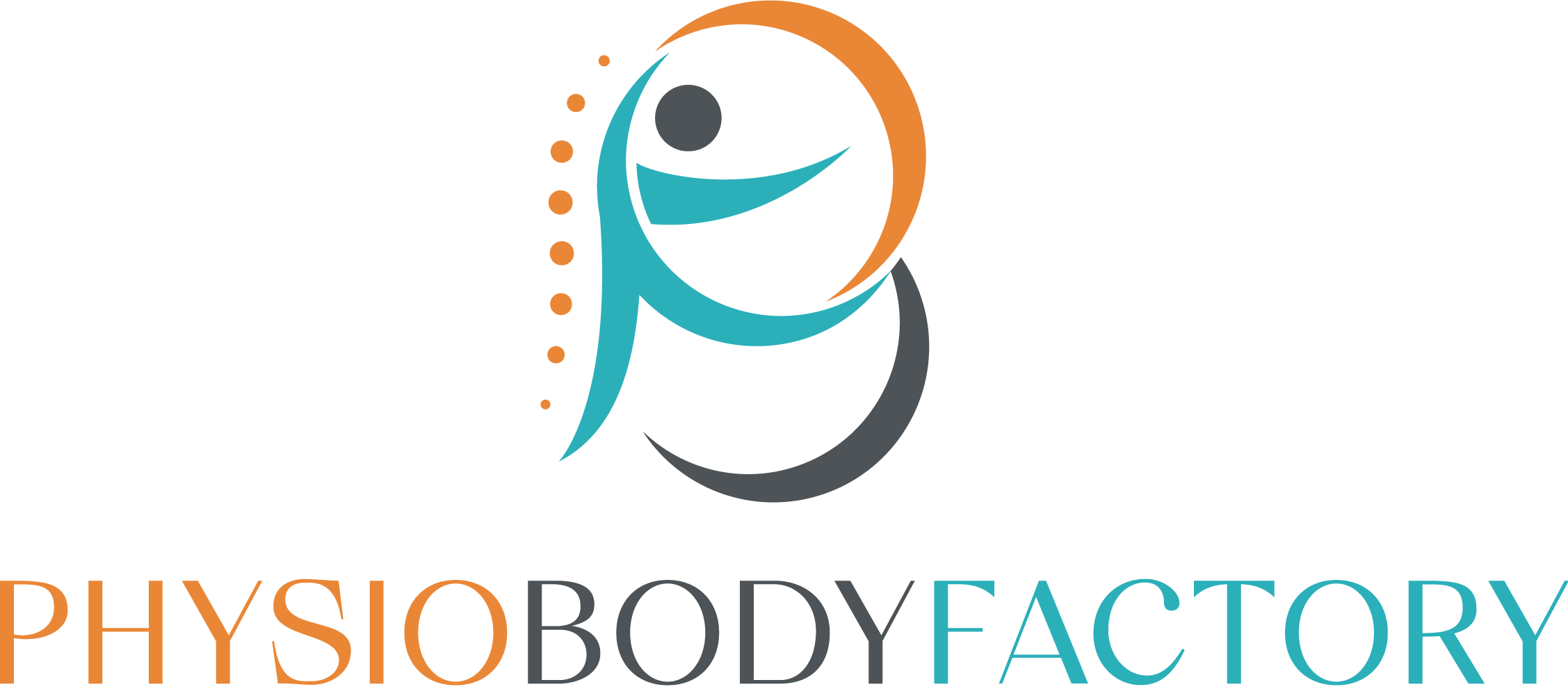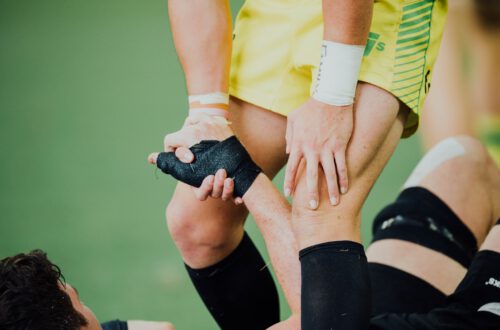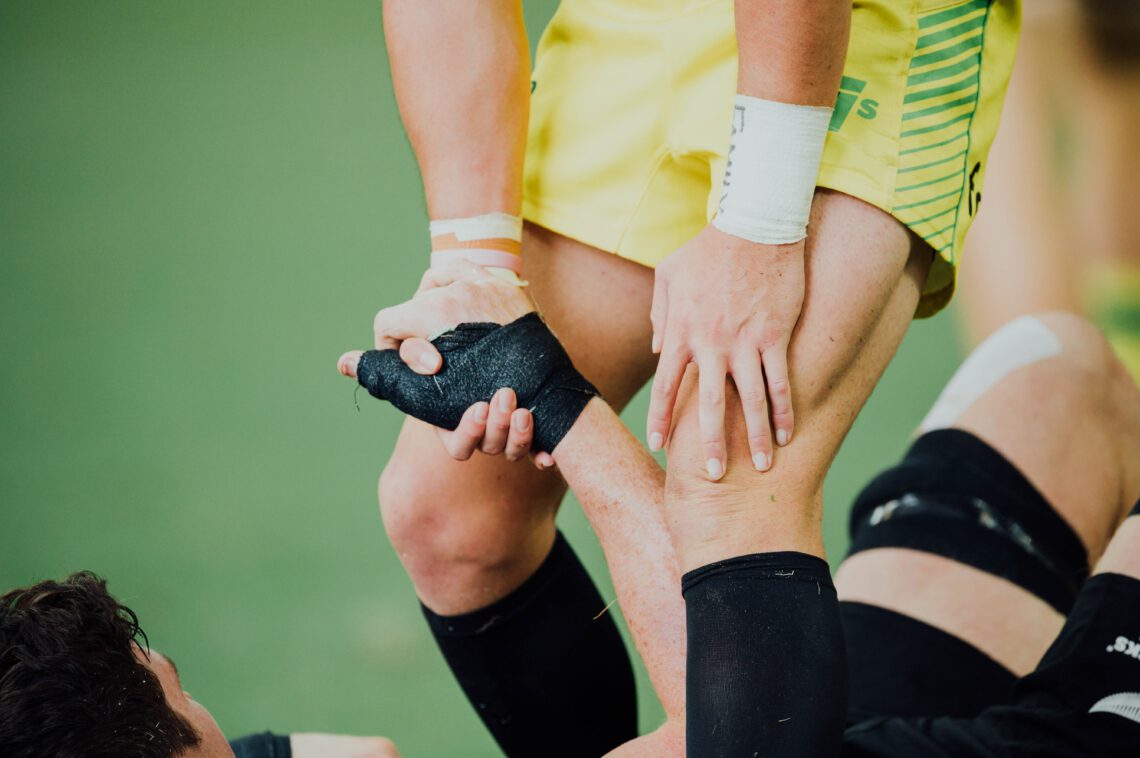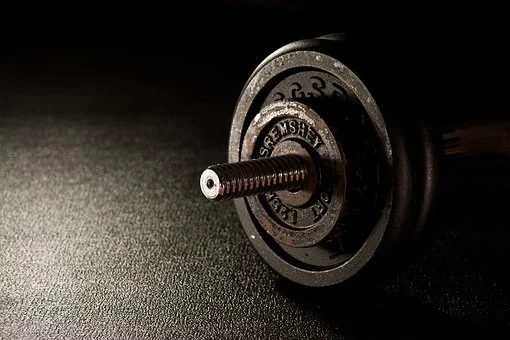-
What is the impact of Artificial Intelligence on Physiotherapy?
Artificial Intelligence is probably the most talked about subject in 2023. Artificial Intelligence has many uses but how can we make use of this technology as physiotherapists and what is the impact on our jobs? AI can help us with the problem of not having enough time by doing our administration or making our training schemes. AI could also help make rehabilitation more fun by integrating virtual reality rehabilitation. Or help us with our profession by doing movement analysis and giving the patient feedback while training at home. I am interested in artificial intelligence (AI) and did read a lot of articles about this subject. As a physiotherapist, I was…
-
How to prevent groin injuries?
Hip adductor injuries are frequent in football and other sports, and it seems like athletes with low adductor strength have an increased risk of injury. You can prevent groin injuries by training one of the risk factors: Adductor weakness. One of the best ways to reduce adductor weakness is the Copenhagen adductor exercises. If you improve your adductor strength you are less likely to get a groin injury. In this blog, we will discuss the risk factors of groin injuries and how you could work on these risk factors to have a less likely chance of a groin injury. Make sure to read our blog to know more about groin…
-
What is the ‘Five P’s model’ ?
Most beginning physiotherapist struggle with the rehabilitation of patients with shoulder pain. Sometimes this could lead to insufficient rehabilitation of these patients. In this blog we will discuss the ‘Five p’s’ model, which you can use as a guidance to a successful shoulder rehabilitation. The ‘Five p’s’ model, is a model that is used by different (sport)physiotherapists around the world to treat shoulder pain. Originally Jobe (1993)(1) discussed four groups: Pivoters, Protectors, Positioners, and Propellors. Eventually, you can add one more group called the ‘Preparators’ to make it the ‘Five p’s model’. In this blog we will write everything we know about the ‘Five P’s model’ from what Jobe (1993)(1)…
-
What type of strength training helps best against Patellofemoral pain syndrome (PFPS)?
Patellofemoral pain syndrome (PFPS) is a common condition. The condition is accompanied by pain and a decrease in physical functioning. Strength training of the hip and knee muscles have a better effect in reducing pain and improving function compared to strength training of the knee muscles alone, in people with PFPS. We recommend to use strength training programs that include the hip and knee musculature. Do you want to learn more about patellofemoral pain syndrome? Make sure to read this article to know what PFPS is about! What is patellofemoral pain syndrome? In this paragraph, we are going to explain a few things about what Patellofemoral pain syndrome (PFPS) is.…
-
What is an anterolateral ligament (ALL) reconstruction?
In the latest ACL-reconstructions, the anterolateral ligament (ALL) is used a lot! To help understand an ALL reconstruction we wrote this blog. Anterolateral ligament (ALL) reconstruction is, as the names says it, a reconstruction of your ALL. The ALL is a ligament located at the lateral side of the knee, between the femur and the tibia. The reconstruction helps in the stability of the knee. Do you want to know everything about the ALL reconstruction in combination with ACL reconstruction and what the ALL does? Take some time to read this blog about everything including the ALL. What is the anterolateral ligament (ALL)? At first, there are several descriptions of…
-
What is the difference between implicit and explicit learning?
In the context of motor learning, a distinction can be made between implicit and explicit learning. The difference between these two is important to understand: Explicit learning can be defined as a collection of knowledge of how best to perform movements. Unlike explicit learning, implicit learning is learning a skill without any knowledge of the movement execution. Implicit learning often uses an external focus. Continue reading if you want to learn the exact difference between implicit and explicit learning to know what to exactly implement in your daily life. Implicit vs. Explicit learning In the context of motor learning, a distinction can be made between implicit and explicit learning.(1,2) As…
-
The effect of training with an external focus in ACL rehabilitation
Currently, there is not a single exercise program that is ‘the best’ for ACL rehabilitation. Even though there has been a lot of research done about the rehabilitation of ACL patients, we decided to research the effects of training with an external focus in ACL rehabilitation. There is evidence that training with an external focus, compared to an internal focus, may have a positive influence on risk factors for reducing the risk of recurrence of an ACL injury But what were the effects of external focus on ACL rehabilitation and what type of external focus was used? We will discuss everything of our literature research to inform you about the…
-
What is blood flow restriction training ?
The last years blood flow restriction training (BFR-training) is becoming more and more popular. Not only for the rehabilitation of sporters, but also in rehabilitation of the older generation. But what is blood flow restriction training now exactly and what do we know about it? Blood flow restriction training (BFR-training) is an intervention, as mentioned in the name, where the blood flow gets limited by applying a cuff/tourniquet. The limitation in blood flow enables the possibility to train with a lower load while causing the same effects as you would with a higher load without the use of the BFR. In this article we will discuss everything we know about…











